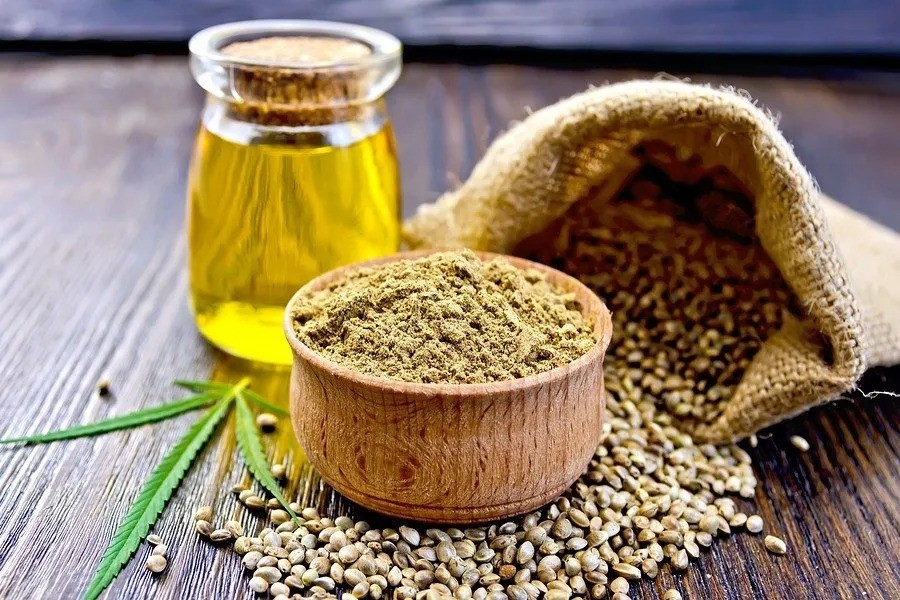Farmers have shown greater interests in cultivation of oilseeds because last year these crops gave them what can be called a hefty return. It would be a mistake to think that this year's fracas with cooking oil has prompted them to do so. Over 12 years until 2021, oilseed production almost doubled but surprisingly the output met only 10 per cent of the country's demand and the rest 90 per cent had to be imported. The government sought to get over the overdependence on imported oil and therefore put in place a roadmap inclusive of a three-year strategy to raise the locally produced cooking oil to 40 per cent of the demand. Under the policy a project was taken up at the cost of Tk2.78 billion in 2020, targeting a 20 per cent rise in cultivation of mustard, soybean and sunflower.
Clearly, there is a consistent effort to raise local oil production. This year, according to a report carried in this newspaper on Tuesday, there has been a further diversification of oilseeds. Along with mustard, soybean and sunflower, rapeseed, sesame and groundnut have been added to boost local production. Naturally more lands have been earmarked for cultivation of these array of oilseeds. This year's 0.82 million hectares set aside for cultivation of oilseeds, to go by the government's roadmap, are likely to increase to 2.4 million hectares by 2025. In a land-scarce country, this significant increase in the oilseed acreage may look scary because cropping of this order is most likely to decrease the availability of land for cultivation of paddy putting at risk food security. Farmers cannot be blamed for looking for cultivation of alternative crops that fetch them better returns.
Thus the question that begs an answer is, if the agriculture ministry that has been promoting oilseeds is doing the right thing. Before drawing a conclusion on this matter, a look at the consumption pattern can be of help. A jump of per capita consumption of oil and fat from 13.80 kilograms in 2015 to 18.7 kilos by 2021 certainly shows the urgency of stemming the staggering oil import cost which was Tk248 billion in 2018-19. The ministry, however, claims that paddy production can be increased by one tonne per hectare provided that farmers opted for cultivation of certain varieties of Bridhan. That would leave, it further claims, 10 per cent surplus land for cultivation of other crops such as oilseeds. One hopes this happens at the field level.
Then the plan for oilseed cultivation can be smarter on further exploration of land. In the coastal areas, there are lands that are unfit for cultivation of paddy and other crops. But those lands have proved suitable for sunflower cultivation. This prospect should be exploited to the full. Similarly there may be other areas where lands are most suitable for cultivation of either of the oilseeds but of not much use otherwise. This calls for extensive soil tests all across the country. The Department of Agricultural Extension (DAE) has proved its worth in diverse ways to promote crops in this country by carrying out the necessary groundwork. It can do so in case of exploring fallow lands for oilseed cultivation.


